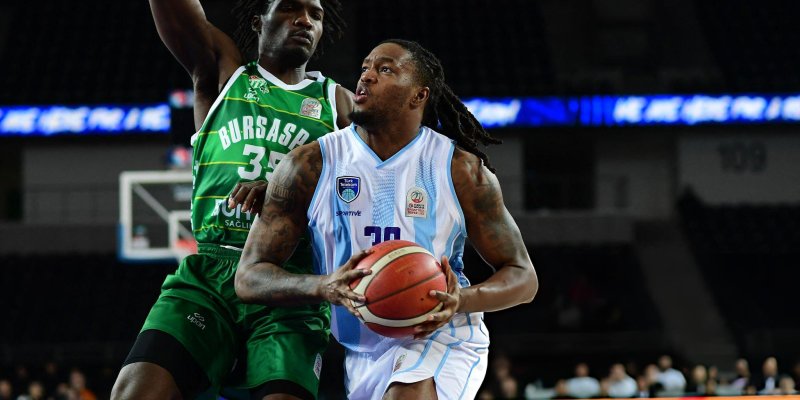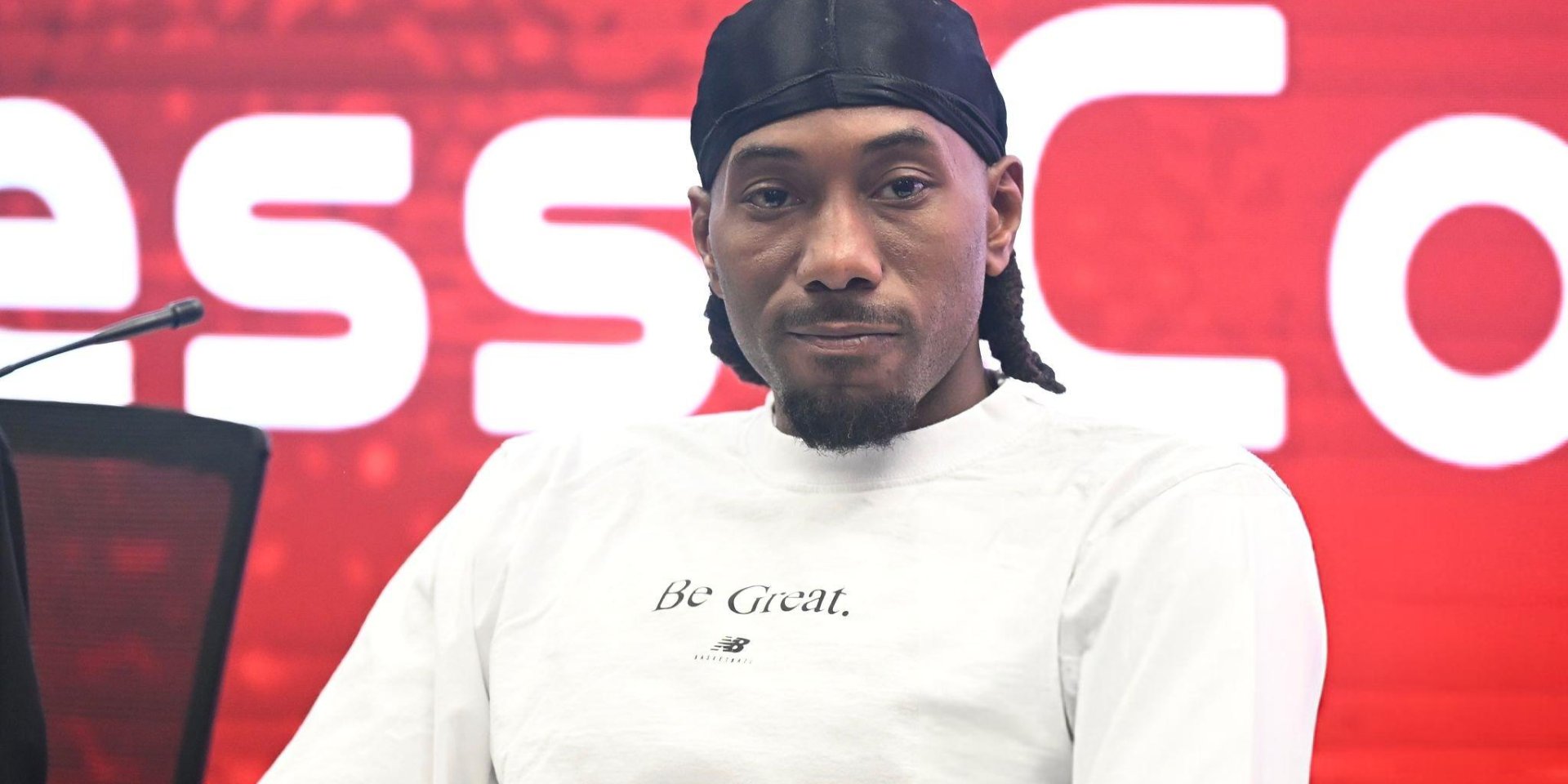
There is a new twist in the scandal surrounding the Los Angeles Clippers and their star Kawhi Leonard. A story that began with a wrongful-termination lawsuit and complaints about the club’s medical practices has grown into allegations of skirting the salary cap through third-party commercial agreements. At the center are fintech company Aspiration, “green” branding, Steve Ballmer’s investments, and Kawhi’s deal worth tens of millions. Here we sort out what is known, what is only alleged, and where it all might lead.
From the Coach's Lawsuit to a "Third-Party Scheme" Theory
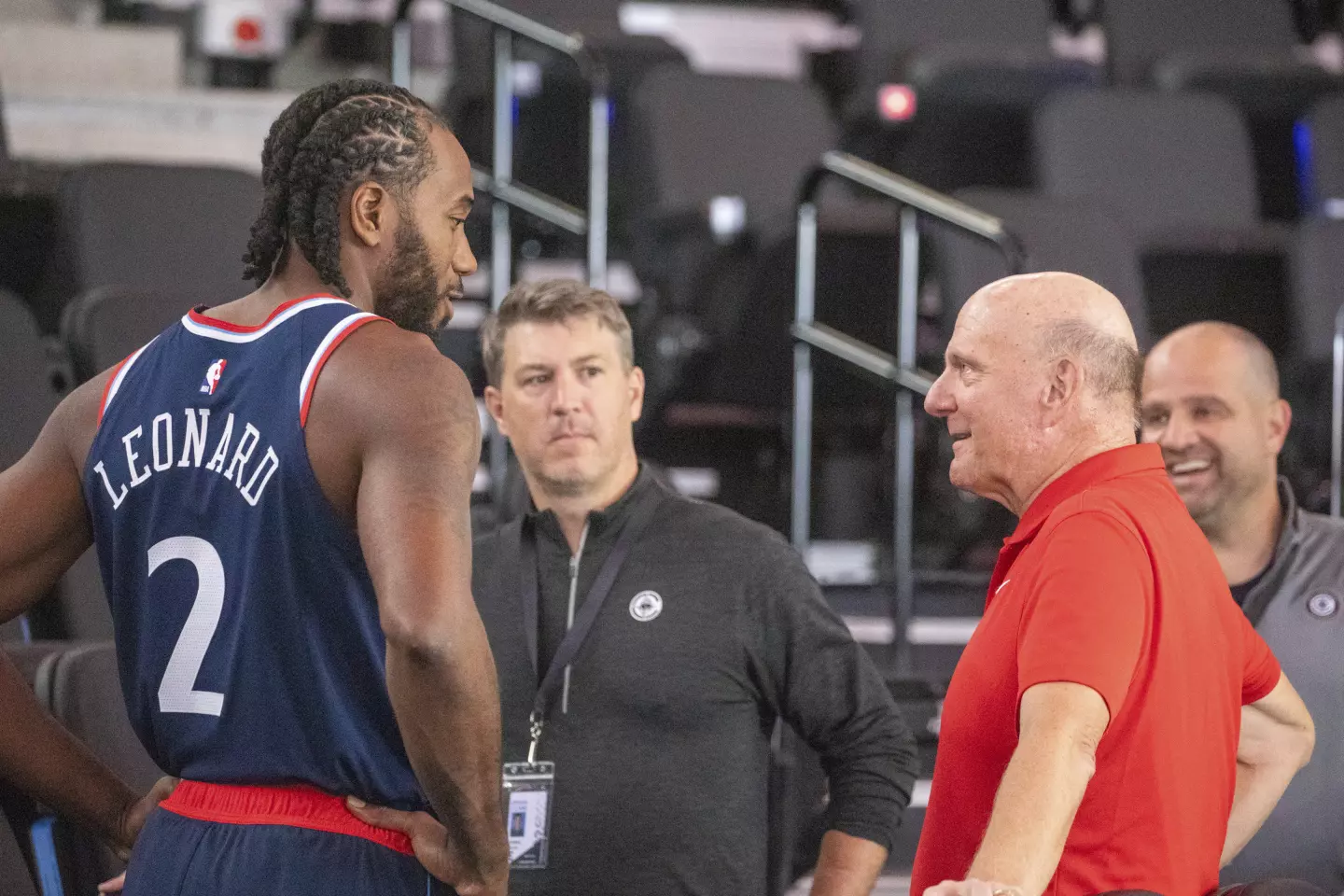
In the fall of 2024, former Clippers performance coach Randy Shelton sued the club. His filing included serious claims — from unsafe treatment of Leonard’s injuries and pressure to play to possible tampering allegedly dating back to 2017. The club denied the accusations, the league announced a review — and things went quiet for a while.
In September 2025 the fire was stoked by a new report: investigative journalist Pablo Torre said on his podcast that Leonard had purportedly received a four-year, $28 million contract from Aspiration — an agreement financed with Steve Ballmer’s involvement and, according to sources, potentially an end-run around CBA restrictions. This isn’t an anonymous social post: Torre has high-profile NFL investigations behind him and understands how closed arbitrations in pro leagues work. Important caveat: for now this is a theory, and the league has to vet it.
Who Is Aspiration and Where Sponsor Money Fits In
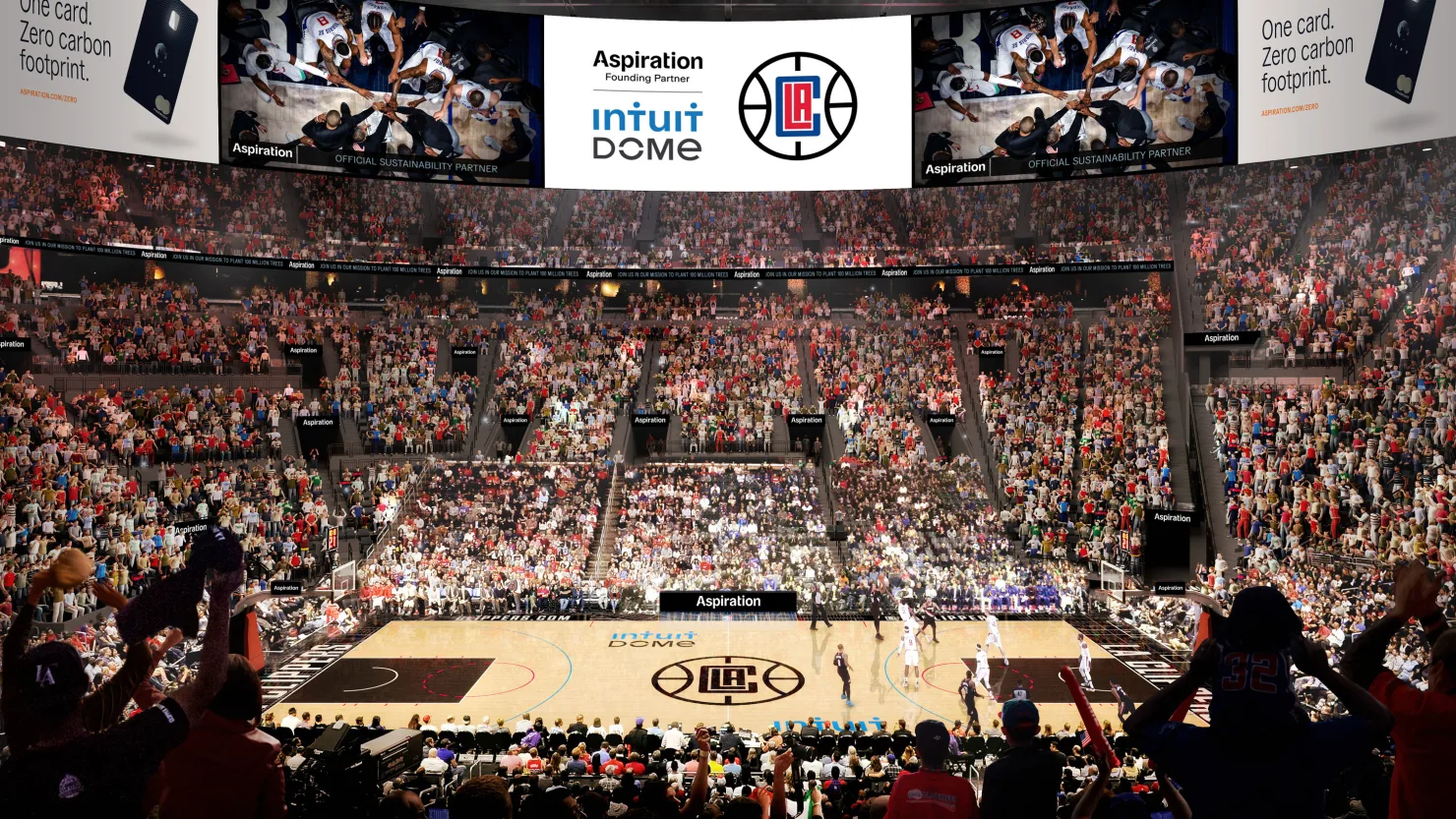
In 2021 Ballmer Group (Ballmer’s investment group) together with Oaktree Capital invested about $315 million in Aspiration — the largest tranche in the company’s history. In parallel, the Clippers agreed a long-term sponsorship with Aspiration (about $300 million over 23 years). Naming rights for the new arena were also discussed — ultimately Intuit purchased them. A sponsorship deal is revenue for the club and a marketing expense for the brand. Public sources also mentioned Ballmer’s personal contributions (around $50–65 million) and the participation of affiliated funds, but it is hard to determine the precise split among partners in the total pool.
Aspiration also had storefront “star” backing: since 2017 public figures from Orlando Bloom to Doc Rivers, Drake, Robert Downey Jr., and Leonardo DiCaprio supported the company. The mere presence of such names does not prove a scheme’s legality or illegality — it is the marketing shell the brand used to go to market.
Kawhi's Personal Deal: Image Money and the "Stay a Clipper" Clause
According to Ballmer, the club introduced the brand to Leonard — a standard practice for a franchise’s marquee star. Aspiration then signed a commercial agreement with Kawhi worth roughly $28 million over four years. It included a notable clause: even if the player declined promotional activity, payments would continue — provided he remained on the Clippers roster.
Later, a detail surfaced about an additional grant of shares worth about $20 million — equity that, after the company’s collapse, was effectively wiped out. Moreover, part of the cash under the marketing deal allegedly never reached Kawhi: he appears on the company’s creditors list.
When the "Green" Fintech Collapsed
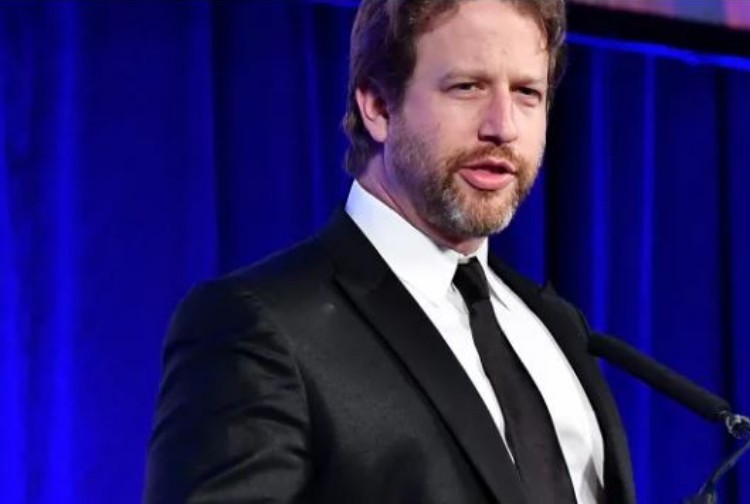
By 2025 Aspiration failed: the company collapsed, its creditors list became public, and co-founder Joseph Sanberg pleaded guilty to securities fraud and money laundering. Accusers describe a picture typical of “pyramids”: investor money went not into development but into payouts and the personal enrichment of management, burnished by “eco” messaging. Against this backdrop, any deals the brand struck — including the Clippers sponsorship and personal agreements — came under the magnifying glass.
Ballmer's Position: "We Know the Rules; They're the Fraudsters"
In a fresh interview with ESPN, the Clippers owner said the club operates within the regulations: both he and Leonard’s representatives “know the league’s rules” and follow them. Ballmer stressed that Aspiration defrauded investors, called his investment a “bad” one, and expressed readiness to cooperate with the auditors. According to him, the franchise had already shared information with authorities when the Aspiration fraud case was opened.
What the NBA Does Next
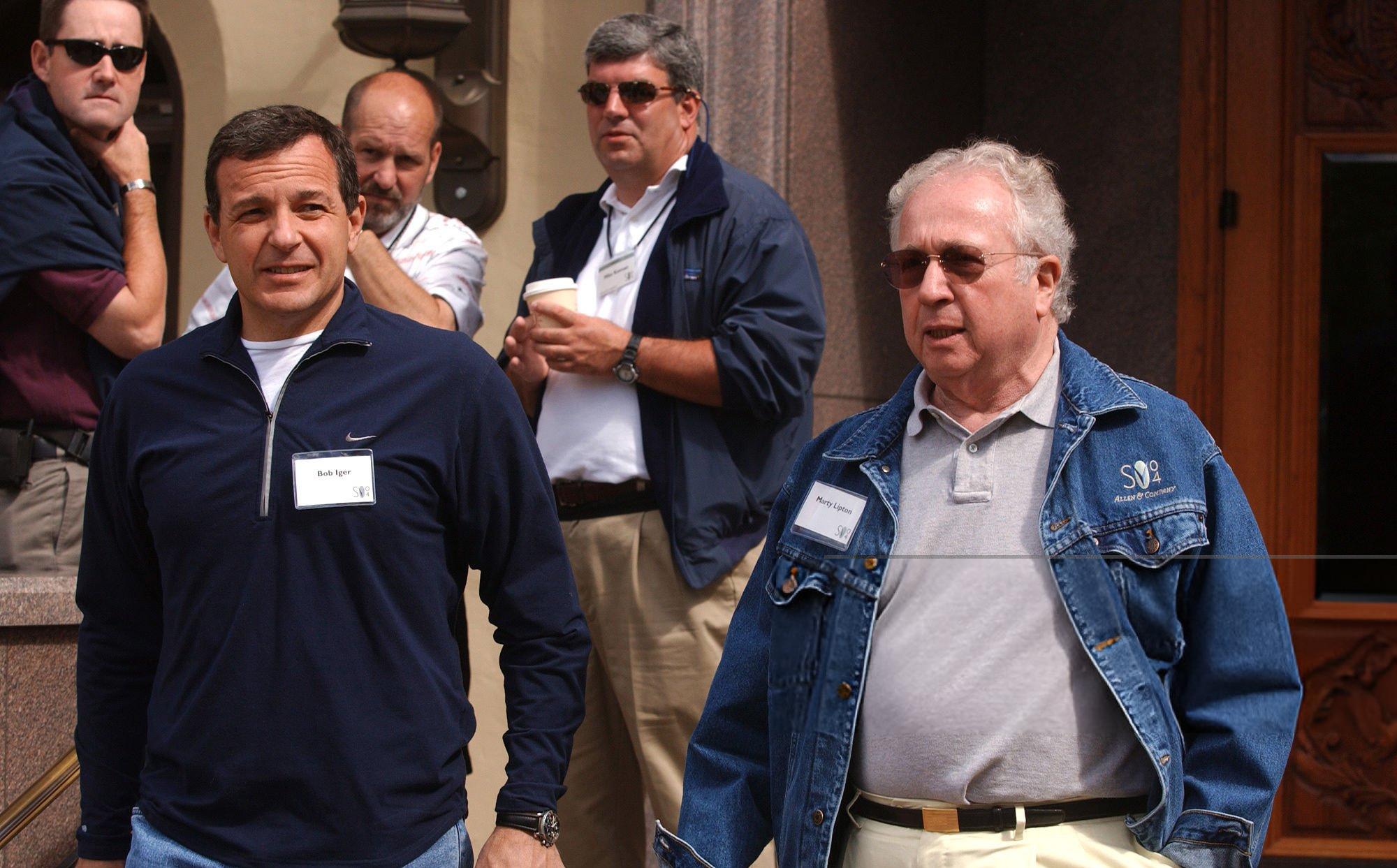
The league has engaged law firm Wachtell, Lipton, Rosen & Katz — the same team that worked on the Donald Sterling case. The tasks are clear: determine whether there was effective third-party financing of player compensation, whether that compensation was contingent on Leonard’s status specifically as a Clippers player, and whether the chain “investment — sponsorship — personal contract” violates the spirit and letter of the salary-cap and third-party payment rules. Potential sanctions in such cases range from fines and contract annulments to forfeiture of draft picks — all depending on the strength of the evidence.
And What DiCaprio and Other Stars Have to Do With It
Famous names are a striking detail — nothing more. The participation of actors, musicians and coaches in funding rounds is common practice in the venture ecosystem. By itself, it does not catch a club or player red-handed. What matters is whether there were terms tying payments to Leonard’s affiliation with a specific team, and whether that linkage was used to circumvent CBA restrictions.
Bottom Line: A High-Profile Case at the Crossroads of Sport, Capital and Regulation
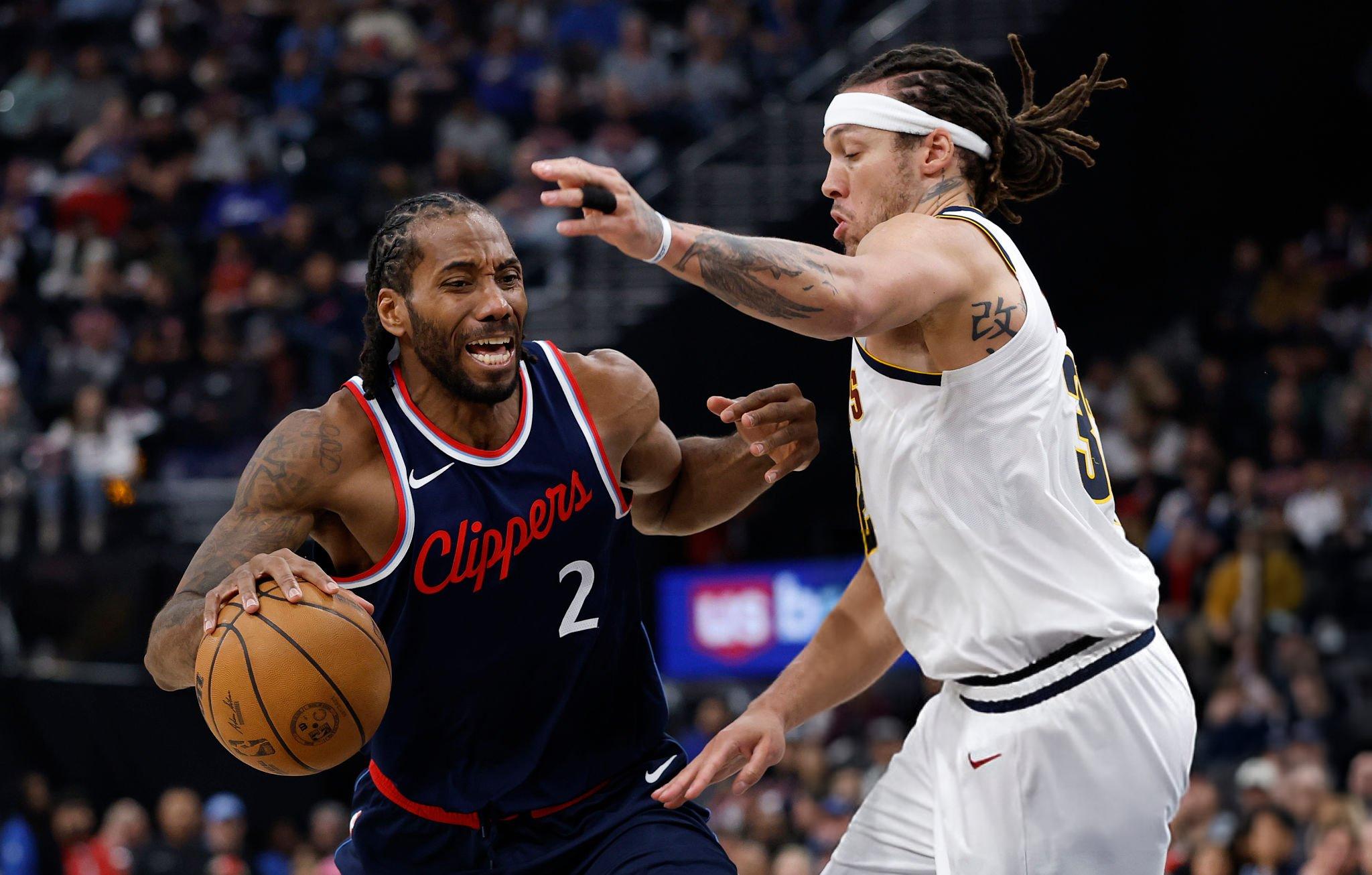
This is a classic modern-NBA conflict of interest at the intersection of marketing and sporting rules. The theory of “gray” financing via Aspiration sounds serious and is backed by bankruptcy documents, but it remains a theory until the league rules. The Clippers’ stance is transparent: “we’re operating within the law and open to audit.” Next move belongs to Wachtell and the commissioner’s office. However the review ends, this case is already a league-wide lesson: when big brand money meets the hard regulation of the salary cap, every comma in a contract can shape a player’s fate.

